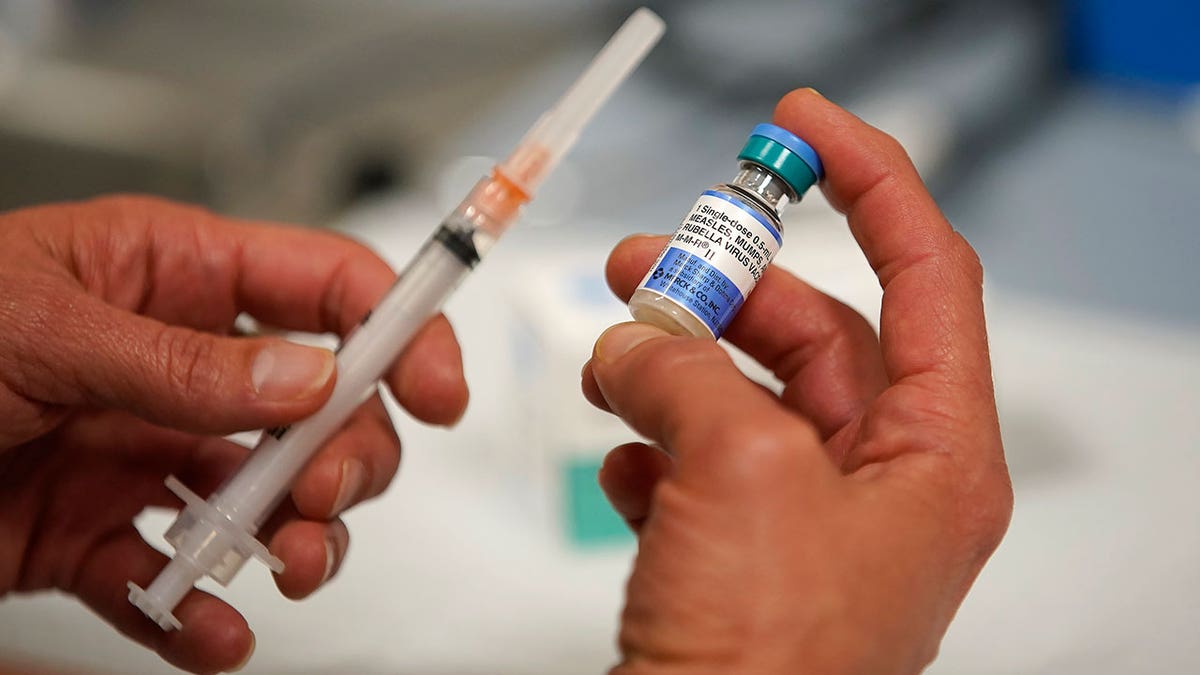CDC issues measles alert as 2024 cases have already equaled all of 2023
The Centers for Disease Control and Prevention (CDC) has issued an alert to public health officials warning that the number of U.S. measles cases this year has already matched the entirety of 2023.
“From January 1 to March 14, 2024, CDC has been notified of 58 confirmed U.S. cases of measles across 17 jurisdictions, including seven outbreaks in seven jurisdictions compared to 58 total cases and four outbreaks reported the entire year in 2023,” it said Monday.
“Among the 58 cases reported in 2024, 54 (93%) were linked to international travel,” the CDC continued, adding that, “Many countries, including travel destinations such as Austria, the Philippines, Romania, and the United Kingdom, are experiencing measles outbreaks.”
The health agency said most cases reported in the U.S. this year have been among children aged 12 months and older who have not yet received the measles-mumps-rubella (MMR) vaccine.
CDC SENDS RESPONSE TEAM TO CHICAGO MIGRANT SHELTER OVER MEASLES OUTBREAK
The CDC describes measles as a “highly contagious viral illness” that “can cause severe health complications, including pneumonia, encephalitis (inflammation of the brain), and death, especially in unvaccinated persons.”
“To prevent measles infection and reduce the risk of community transmission from importation, all U.S. residents traveling internationally, regardless of destination, should be current on their MMR vaccinations,” it said in the alert. “Healthcare providers should ensure children are current on routine immunizations, including MMR.”
NEW JERSEY INVESTIGATES MUMPS OUTBREAK

The alert comes after one measles outbreak occured in Florida in February at an elementary school in Weston.
The CDC also recently deployed personnel to help combat a measles outbreak at a migrant detention center in Chicago.

“Given currently high population immunity against measles in most U.S. communities, the risk of widescale spread is low,” according to the CDC. “However, pockets of low coverage leave some communities at higher risk for outbreaks.”
Read the full article Here


